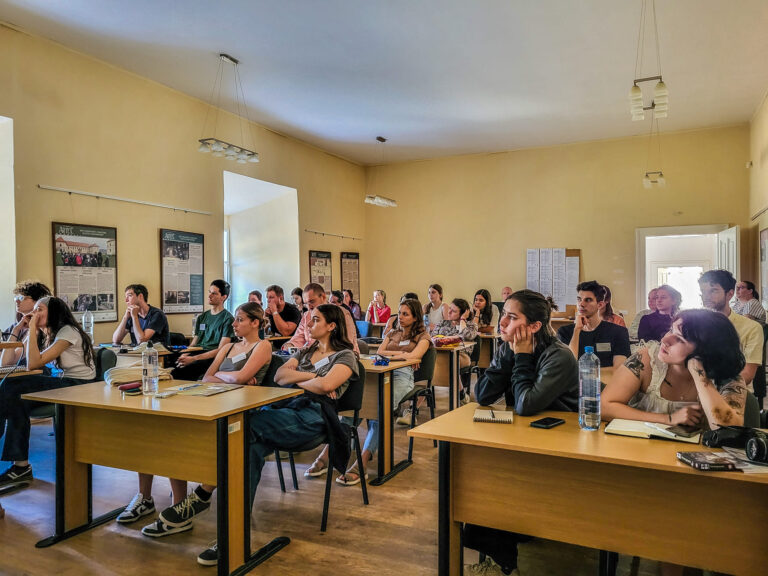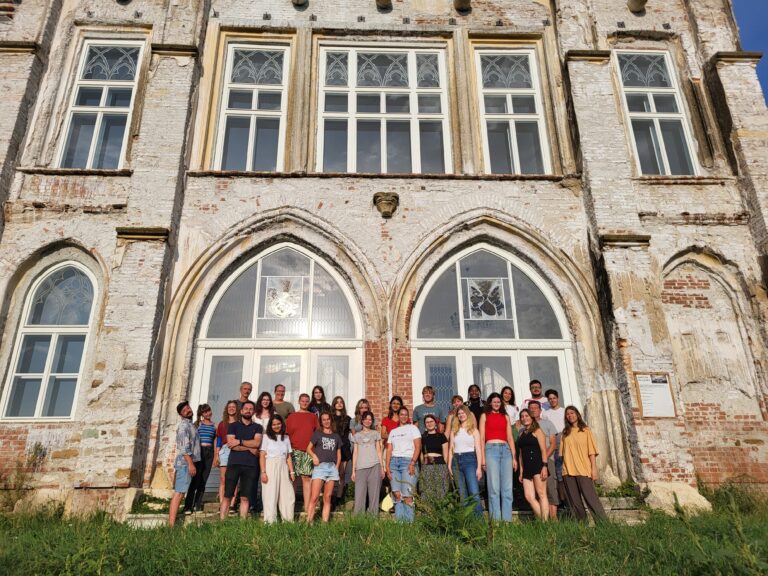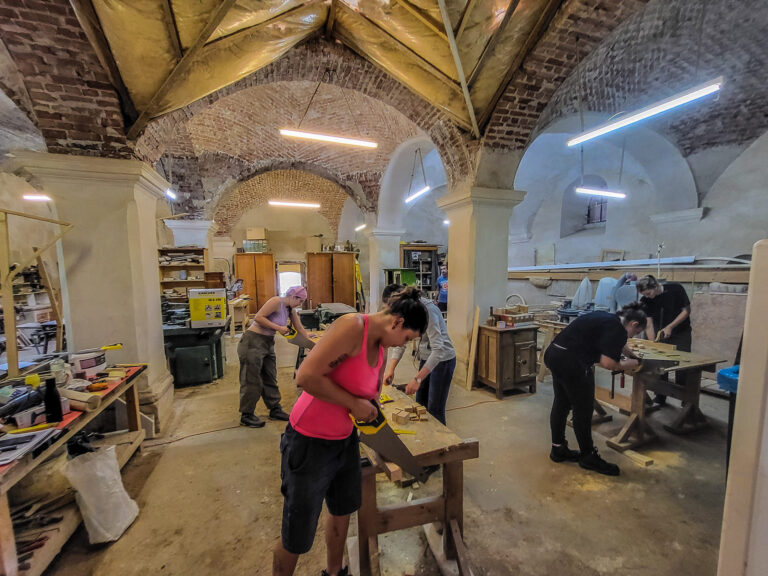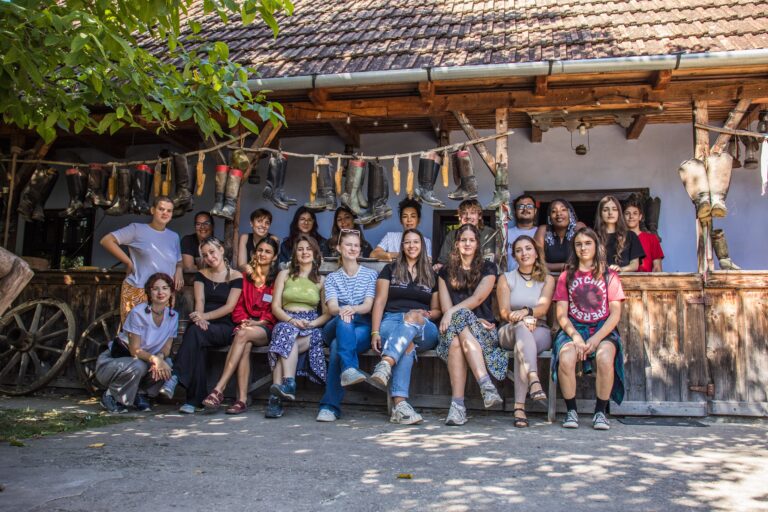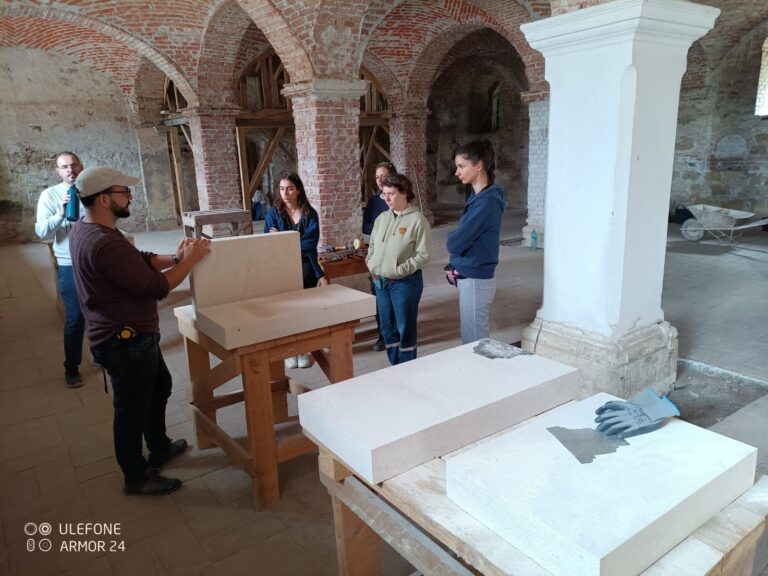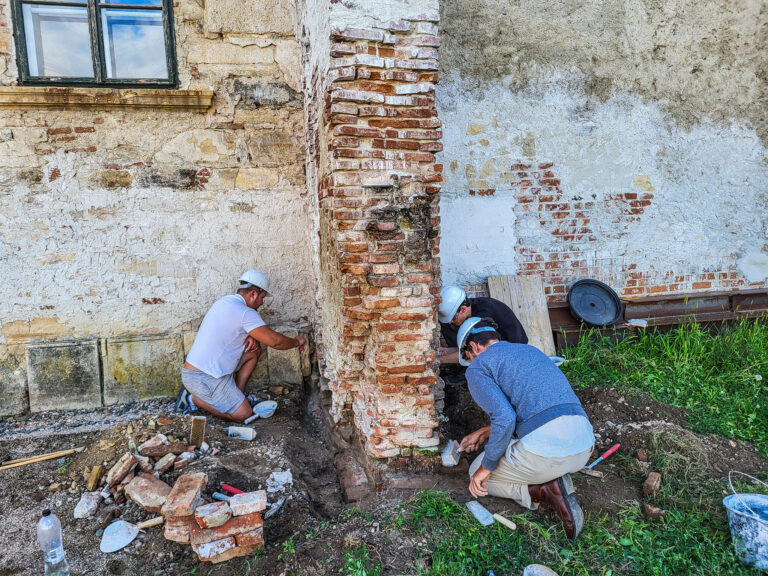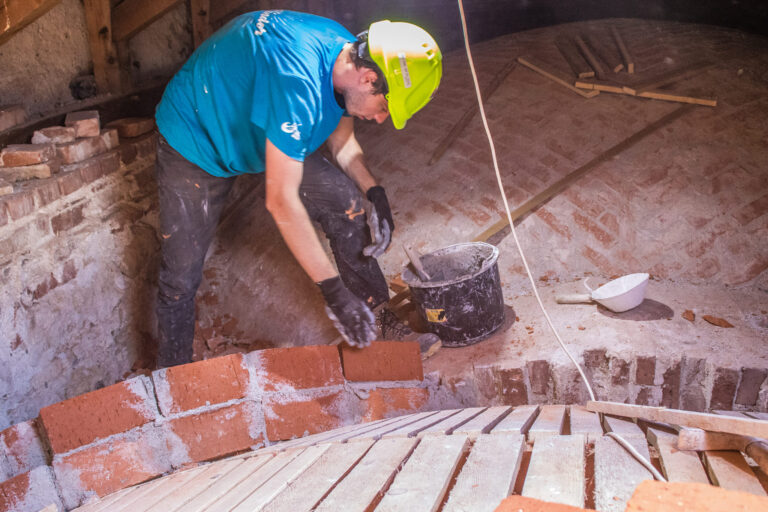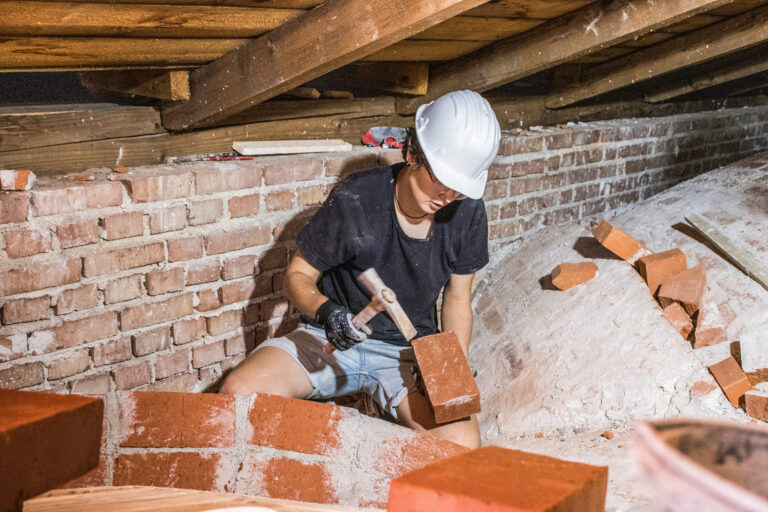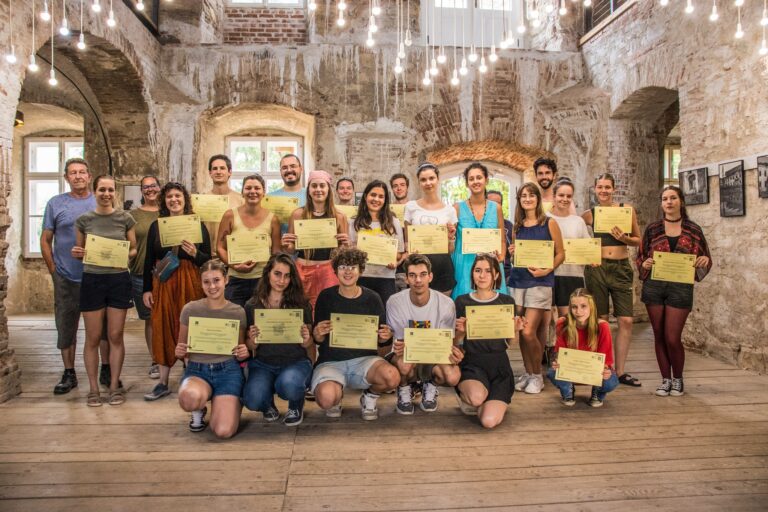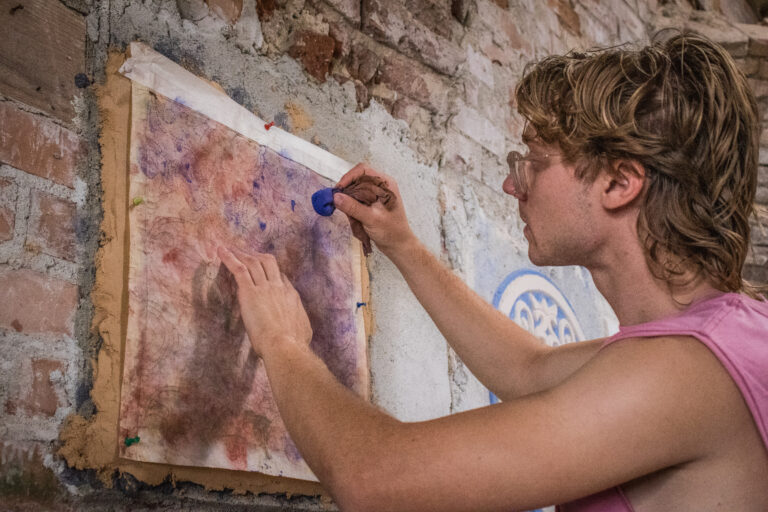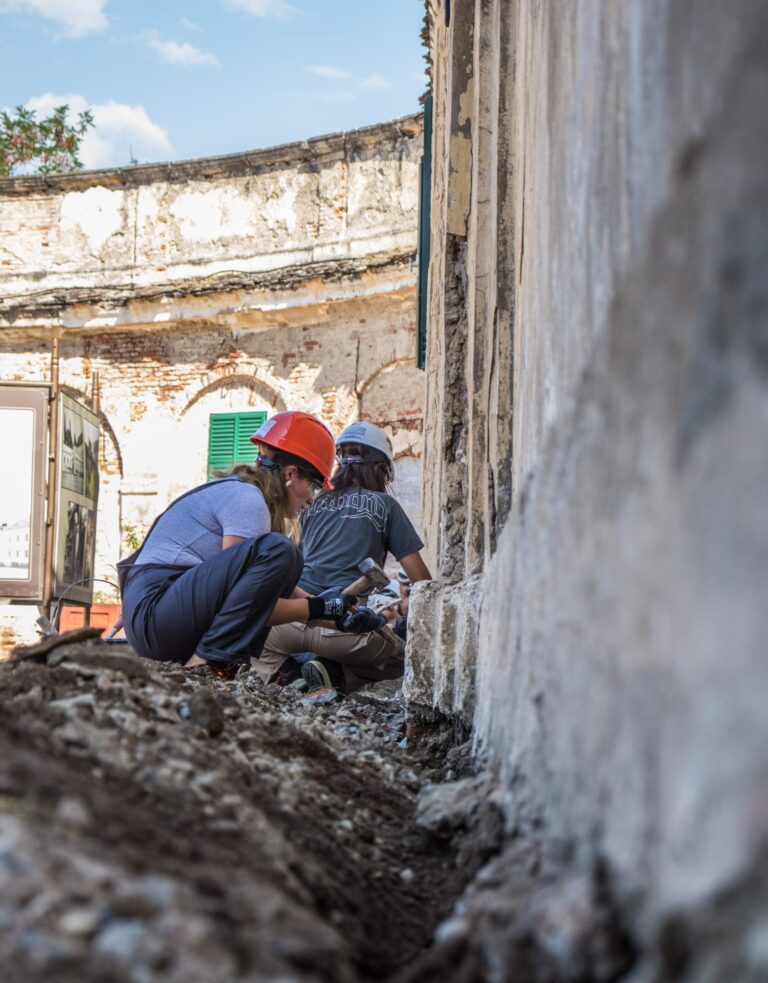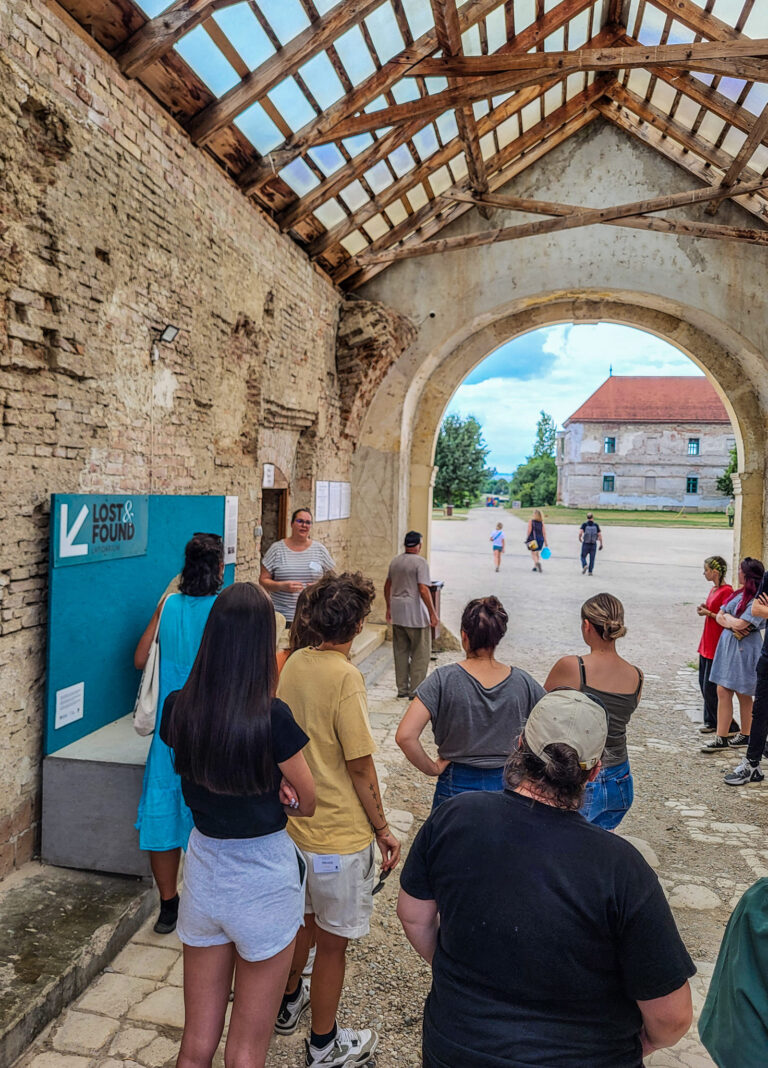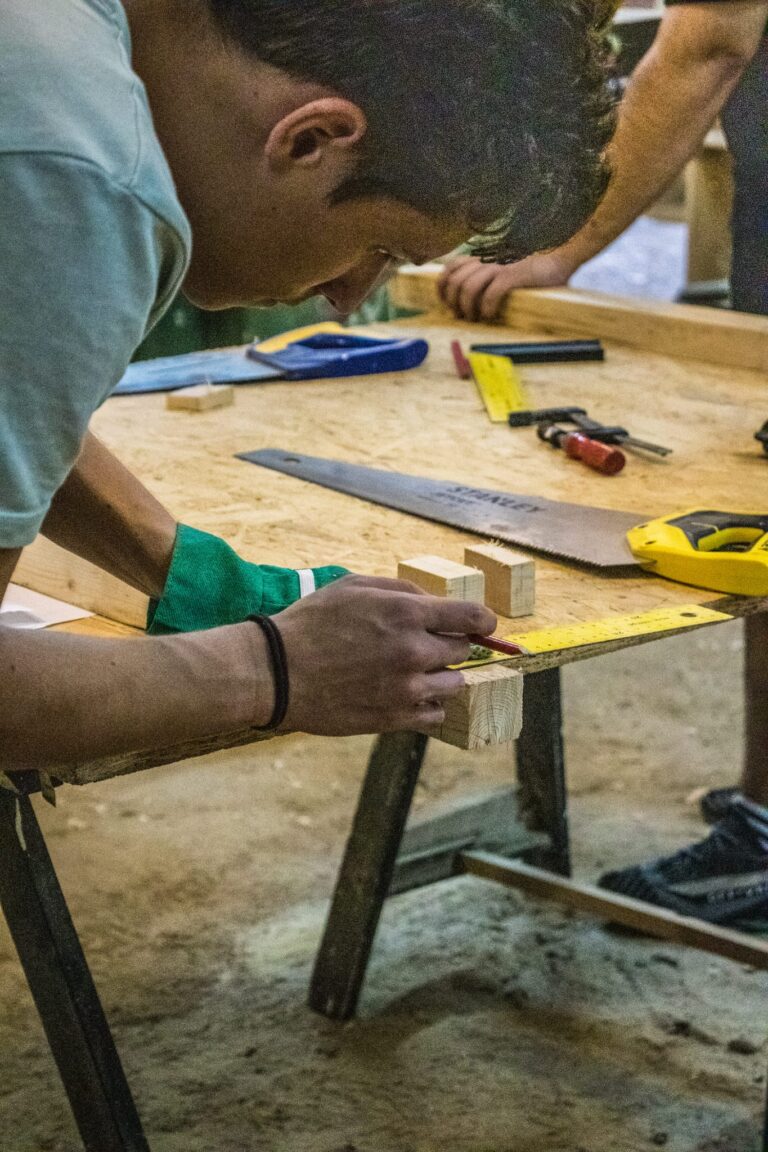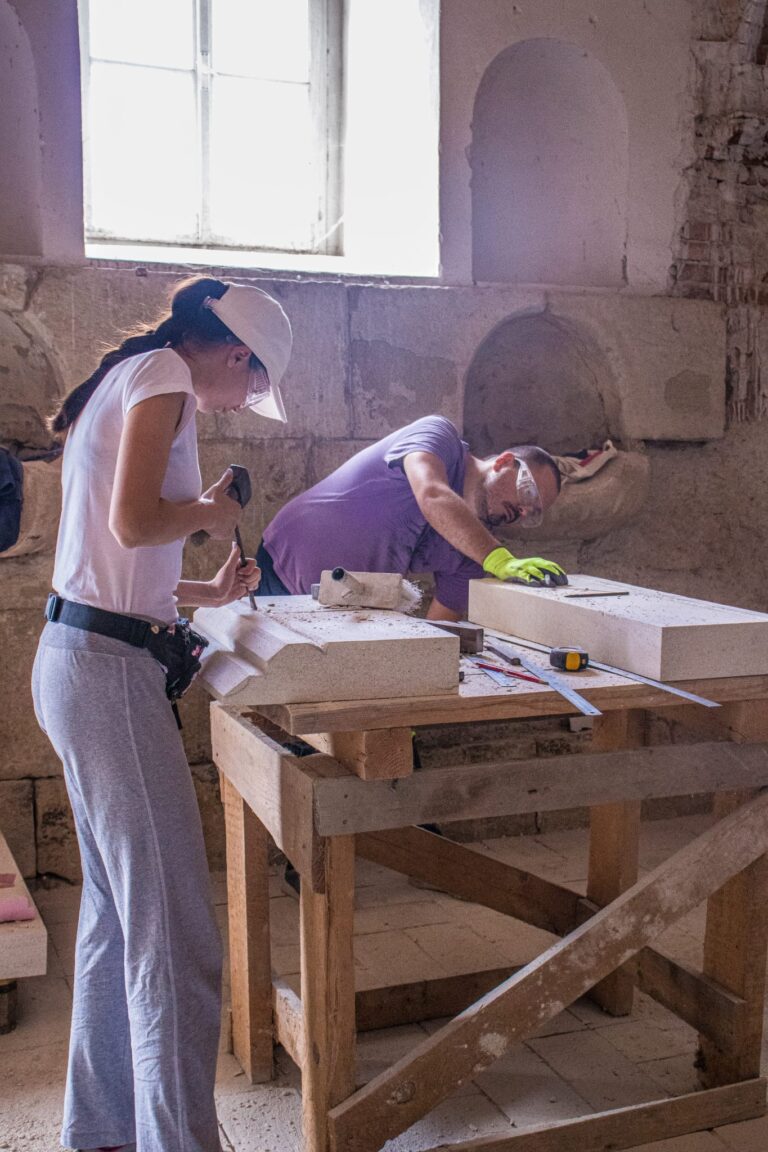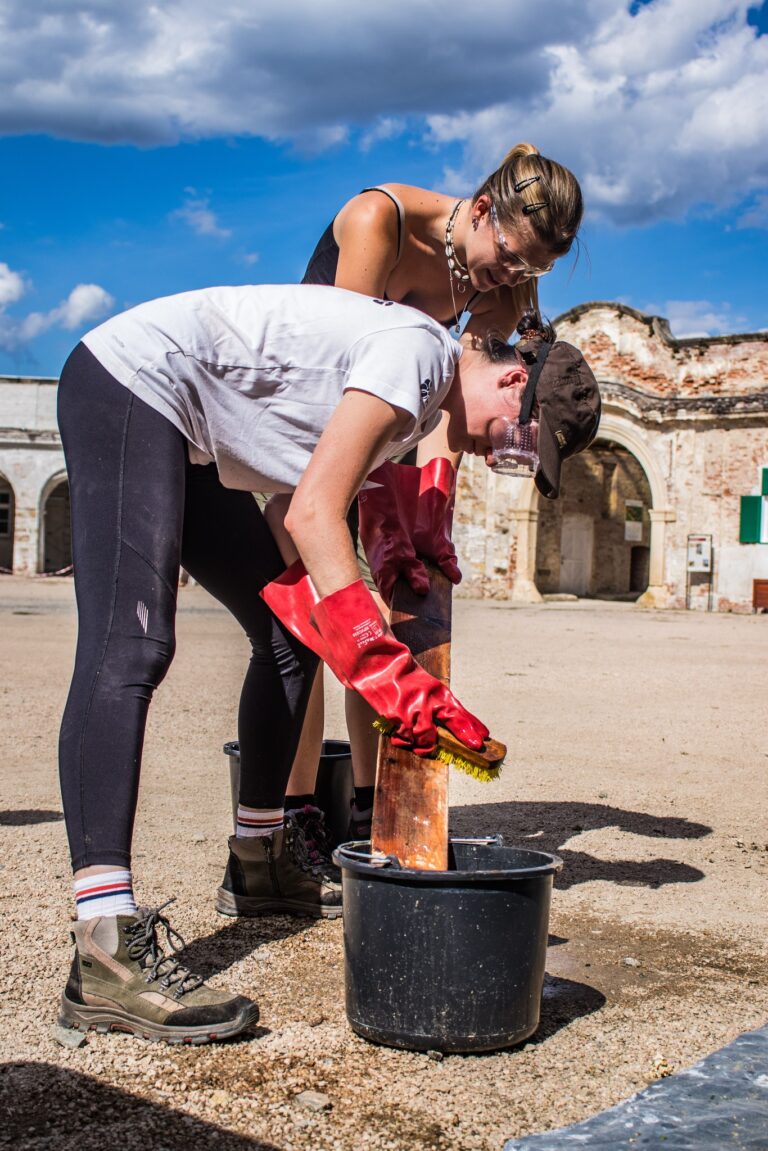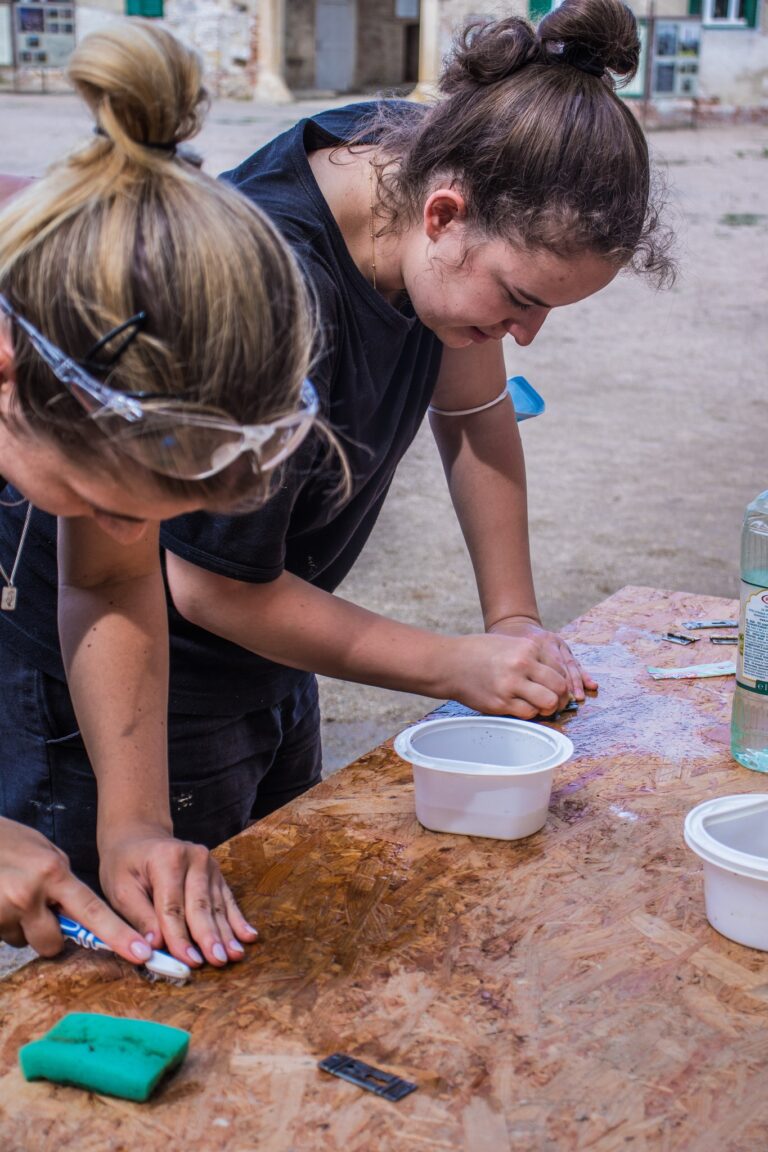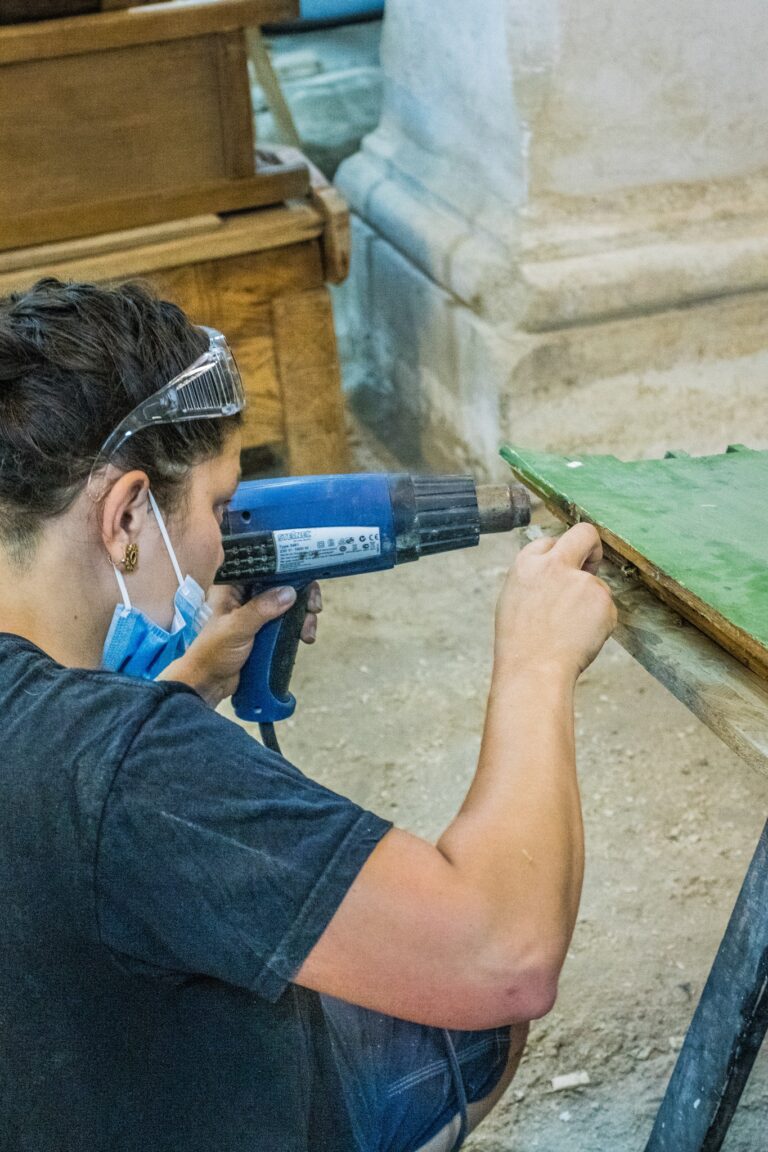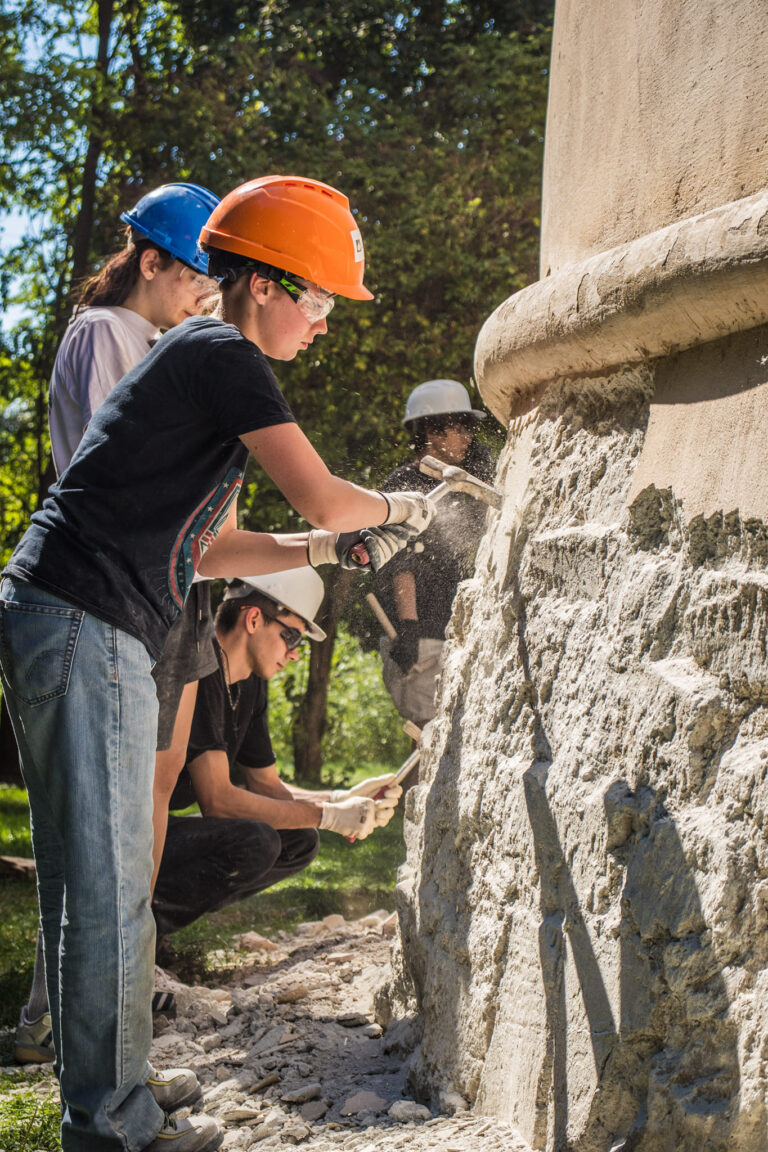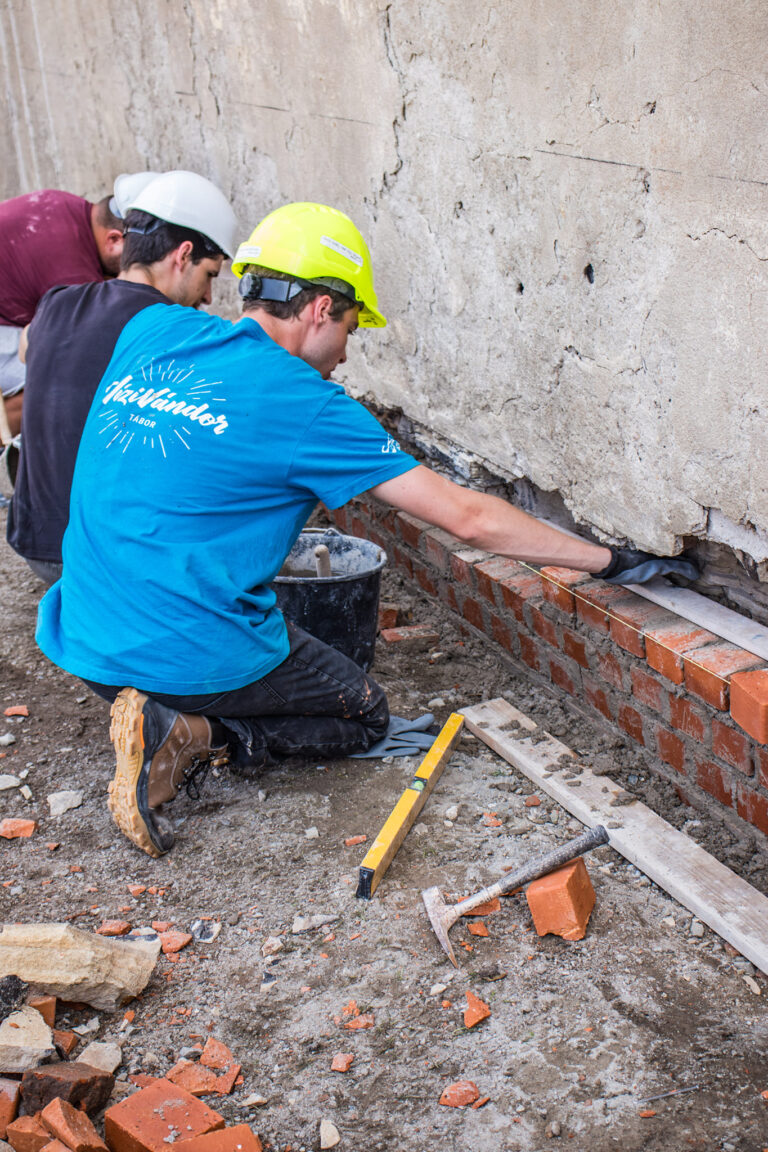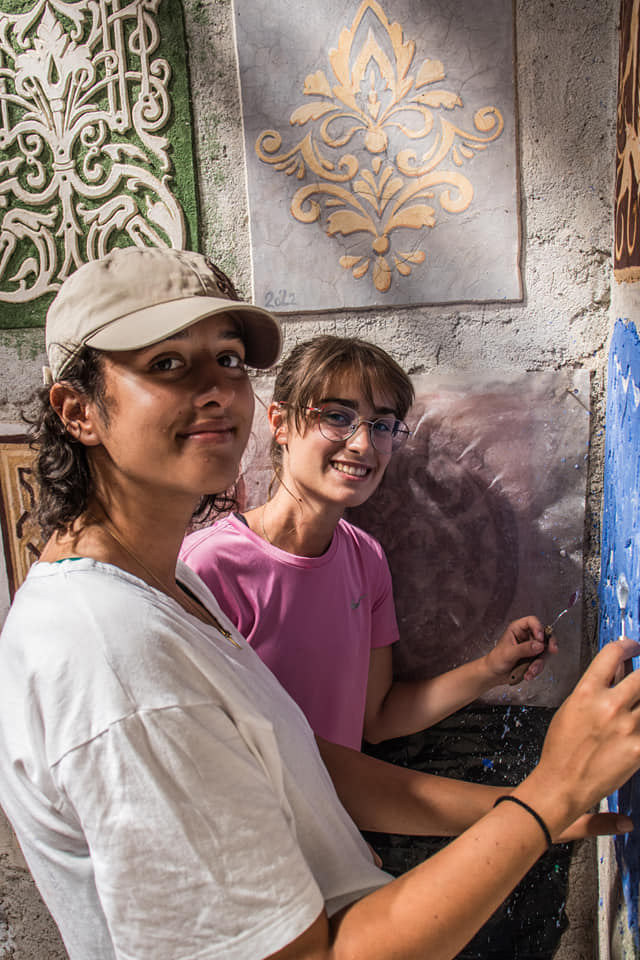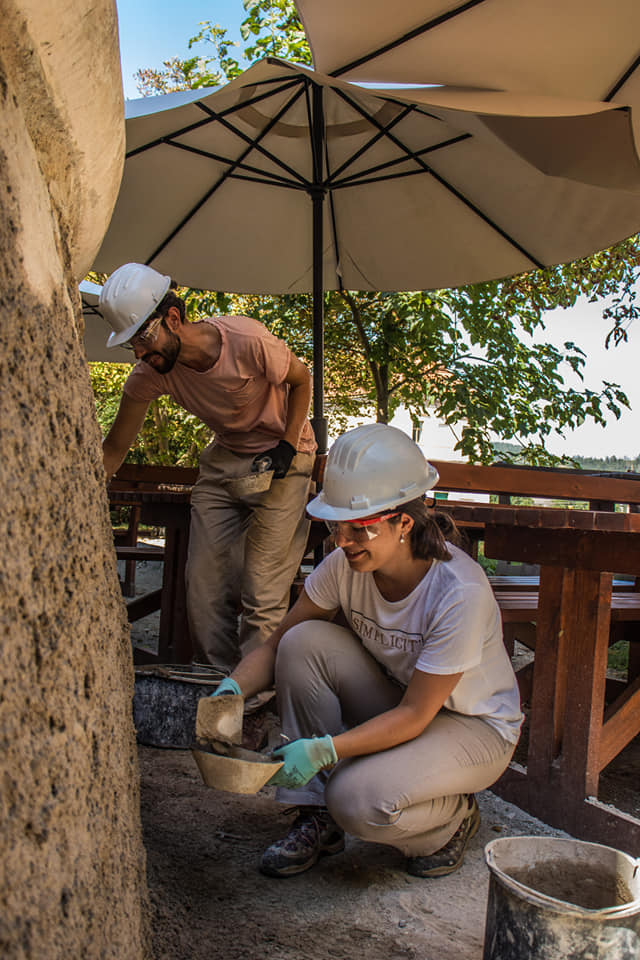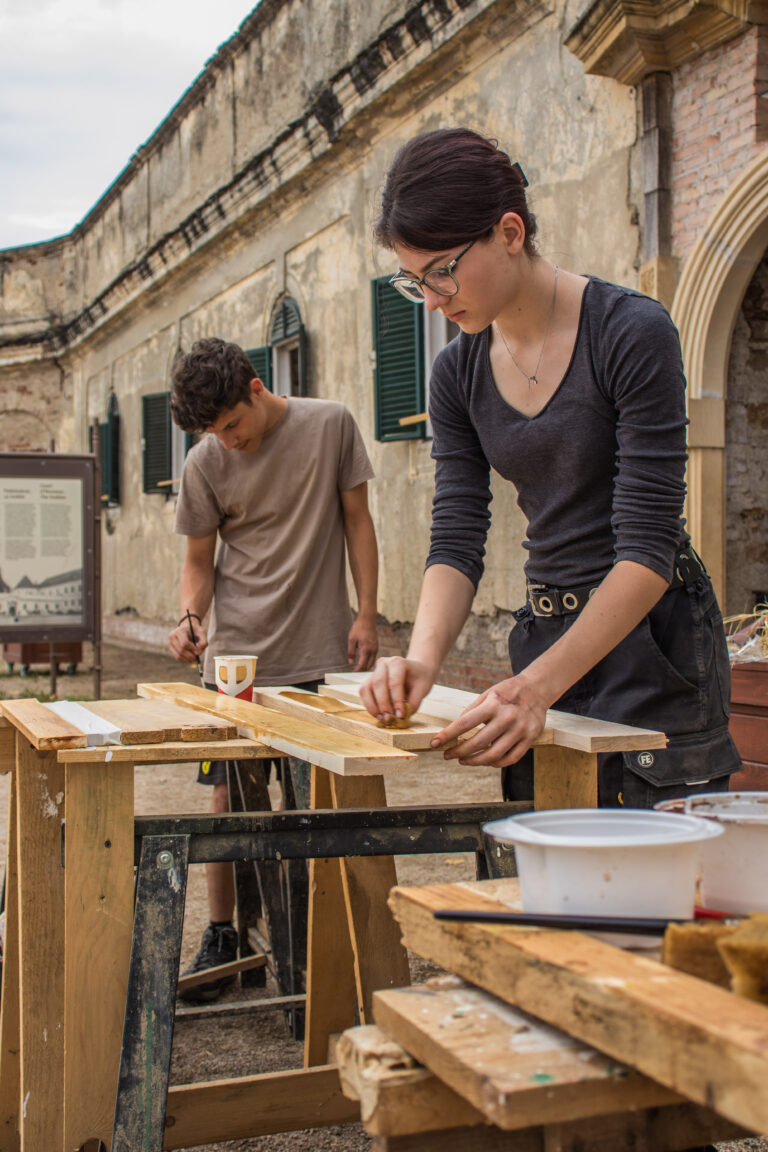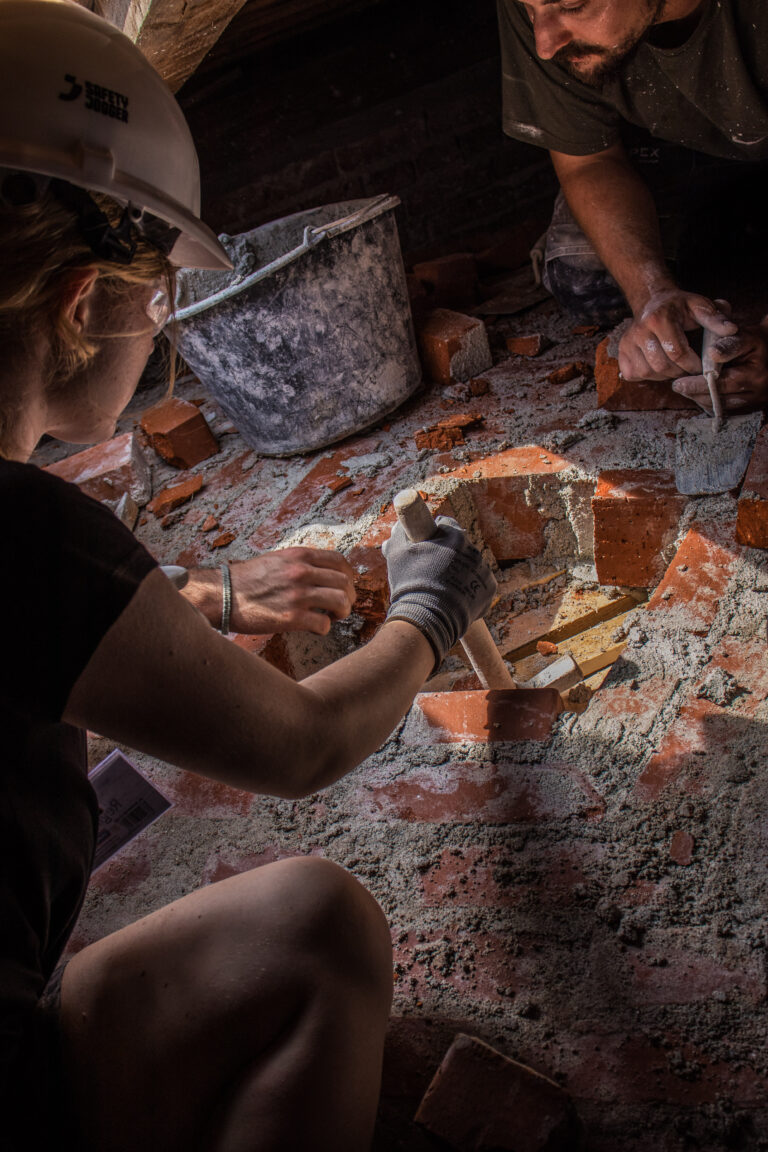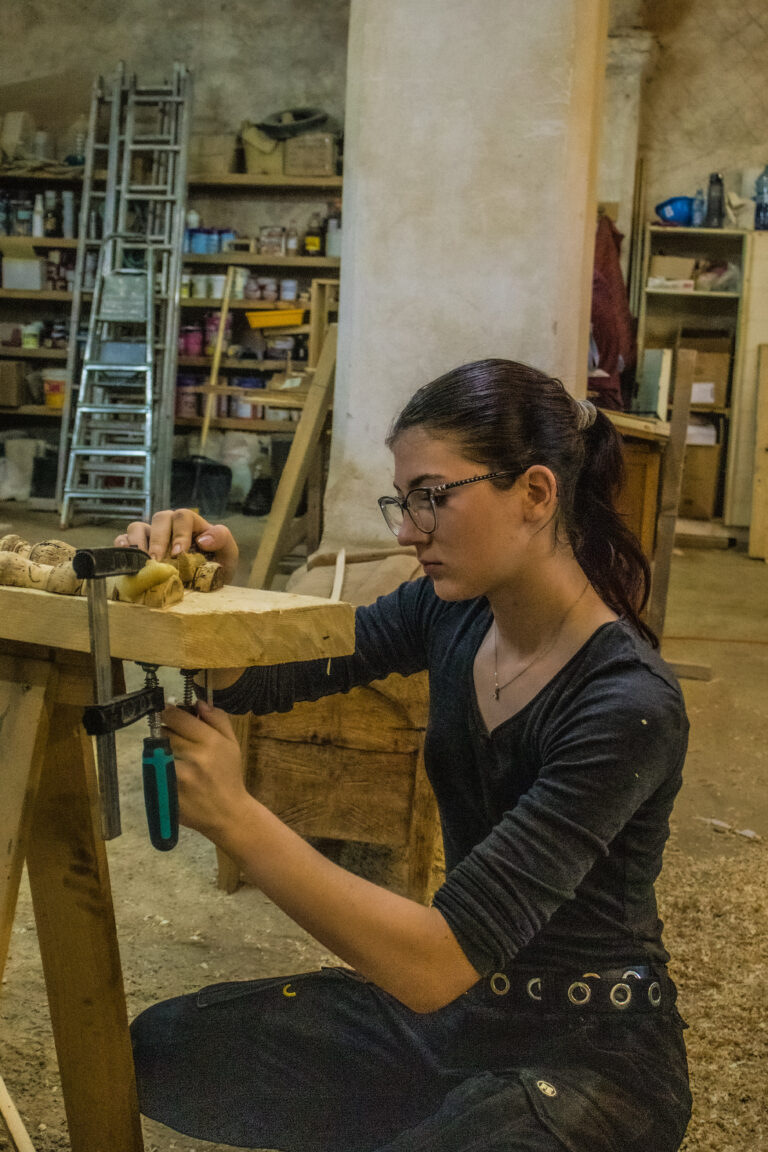Report
In the summer of 2024, the Transylvania Trust Foundation, responsible for the restoration and revitalisation of Bánffy Castle, Bonțida, Romania, held two built heritage conservation training modules at the castle. The first module took place from 4 to 17 August, under the title Training Programme in Traditional Building Crafts and Built Heritage Conservation, while the second one took place from 18 to 31 August, with the title: Built Heritage Conservation Camp at Bánffy Castle, Bonțida.
The training is intended for university students (in architecture, civil engineering, landscape architecture, archaeology, art history etc.) and professionals working in the construction industry, but we welcomed interested participants from other fields as well. In the first module of the training programme, we hosted 26 participants from four different countries (Romania, Hungary, France, Finland), while in the second module we had 25 participants from five different countries (Romania, Hungary, France, Italy, United States of America).
During the first module, participants took part in three, while in the second module in two workshops led by experienced practical instructors. The practical training was preceded by theoretical lectures delivered by teachers from both Romania and abroad. Additionally, during the first module, in some of the evenings, participants had the opportunity to meet invited experts, view presentations and engage in discussions on various topics related to heritage conservation.
The first day of the training was dedicated entirely to theoretical lectures, during which participants learned about the training programmes that have been running at the castle for over two decades, the history and architectural development of the castle, as well as various topics regarding the protection and conservation of cultural heritage (principles of heritage protection and restoration, technical, archaeological, urban planning, engineering etc. aspects).
For the remaining days of the training, after a joint session on health and safety regulations at the start of the second day, the participants received practical training in various workshops, where they learned about masonry, vault restoration and decorative mural techniques (fresco, secco, sgraffito, stucco marmorino), traditional joinery, furniture restoration and stone carving (only in the first module).
In the masonry workshop, participants first familiarised themselves with the tools and materials used during the two weeks, especially the characteristics of the lime-based mortar required for the castle’s restoration works. They then worked in groups at several locations, in rotation, to ensure that everyone had the chance to try out everything: in the first module, some renewed the render at the base of the round tower connected to the kitchen block, thus practicing rendering; others reinforced the base of the stables, acquiring techniques for wall reinforcement; while a third group worked on the reconstruction of a sail vault in the stables, learning about the theoretical and practical aspects of vault reconstruction. In the second module, some some completed masonry window reveals at the gatehouse and connecting arched building block, thus learning masonry techniques; others practiced rendering the inner wall surfaces of the stables; while the reinforcement of the stables base and the sail vault reconstruction continued in this module as well. In addition, each participant had two days to master decorative mural techniques (fresco, secco, sgraffito, stucco marmorino).
In the traditional joinery and furniture restoration workshop, all participants worked together. They first got acquainted with the specific tools and instruments of the craft, learned about the wood and the traditional joints used in the craft, before restoring a piece of furniture manufactured with traditional techniques, going through each phase of the restoration process. Within the stone carving workshop, organised only in the first module, participants recreated the missing elements of the stone base of the brick masonry pillars in the stables, during which they learned about the different types of chisels and tools specific to the profession and were also introduced to methods of stone cleaning and repair.
Within the first module, we also organised a total of four evening discussions, where participants could explore the communist past of Bánffy Castle with art historian Ioana Rus-Cacovean, examine case studies with wood restorer Ferenc Mihály, discuss the significance of colour in restoration with architect Virgil Pop, and discover opportunities for valorising vernacular architecture and rural built heritage with architect Claudiu Salanță.
As part of the programme, the students also participated in a study field trip. Their first stop was in Rimetea, Alba County, a settlement famous for its beautiful vernacular architecture. Here, they admired traditional houses and visited the local Ethnographic Museum and Unitarian Church. They then travelled to Sic, Cluj County, where they were able to admire the mediaeval Calvinist Church and learned about the village’s traditions, followed by a walk in the Sic reed bed, a local natural reserve.
At the end of the training, the participants were evaluated based on a written exam, and those who met the required criteria received a certificate of achievement. At the same time, the students visited all the workshops and presented to the other participants the work they had completed during the two weeks.
Programme supported by (first module) the National Cultural Fund Administration (AFCN) and the Communitas Foundation; (second module) the Romanian Order of Architects from the architectural stamp duty, and The King’s Foundation, as well as by the National Cultural Fund of Hungary (NKA).

